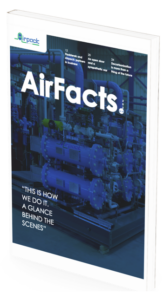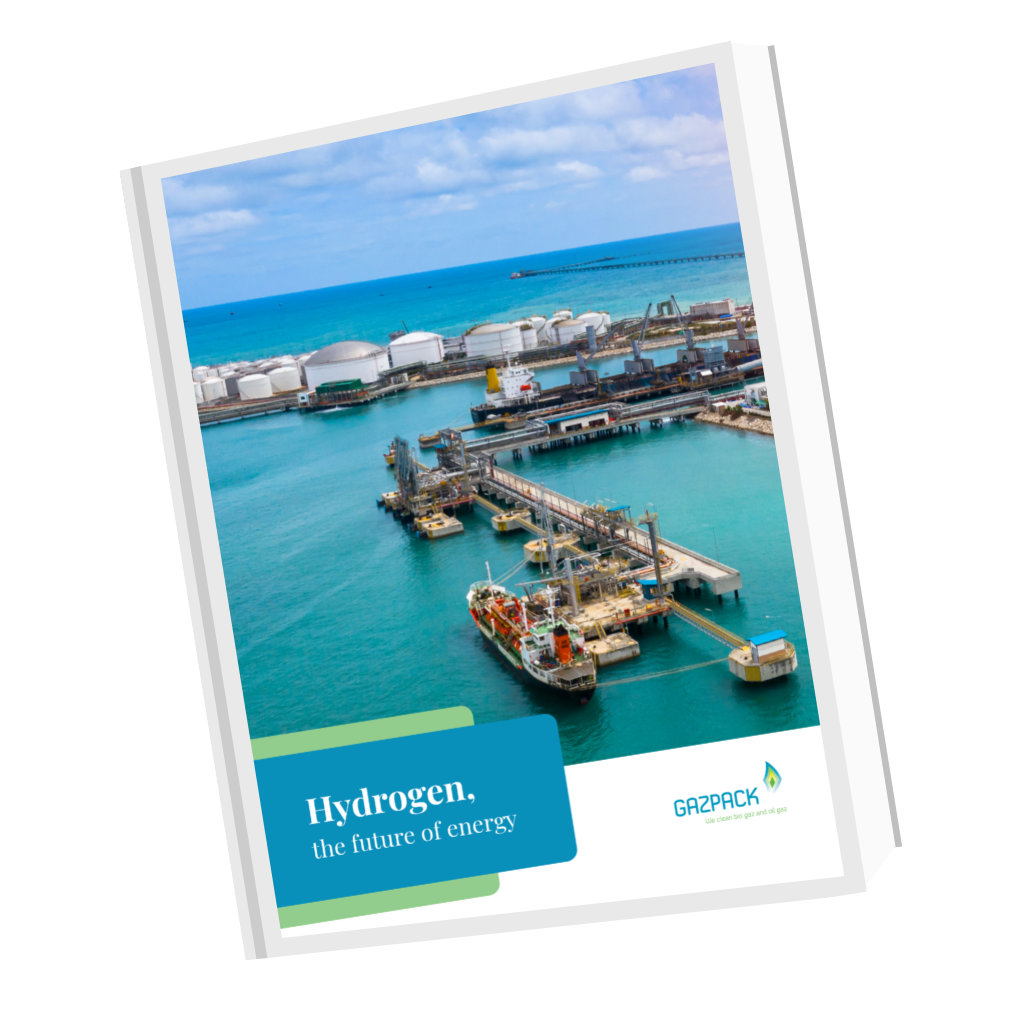Biogas Methanol
Looking to explore the world of biogas processing and handling solutions? Get instant access to our documents about biogas technology.
Over the years, biogas has demonstrated an enormous versatility with regard to its applications. From cooking and heating to electricity conversion to fueling transport vessels, biogas continues to fill the need for more renewable energy sources. Less known among its uses is its potential for transformation into other fuels. This chemical morphing of biogas into a different set of compounds is not only possible, but doable as well. One such example of this regeneration involves the industrial alcohol known as methanol. This has far-flung implications. An increase in the general supply of methanol could, in fact, lower the cost of manufactured products.
What Is Methanol and What Does It Do?
Methanol (CH3OH) is a clear liquid chemical that is both biodegradeable and dissolvable in water. Many materials that comprise manufactured goods are derived from methanol: resins, plastics, foams, paint, polyester and an array of medical supplies. Like biogas, it also acts as a carbon-neutral fuel for vehicles, furnaces and kitchen appliances. methanol is found in formaldehyde as well as antifreeze. Meanwhile, sewage treatment facilities employ methanol when densifying bacteria. In addition, methanol can be found in many stain removers and cleansers. Few make it through a day without some contact with a methanol product.
How Does Biogas Relate?
Unlike methanol, biogas can occur naturally. Any organic matter that gets cut off from an oxygen supply undergoes a chain of chemical reactions called anaerobic digestion. During this multi-phased process, bacteria form to break down the material into different chemical compounds. When digestion is complete, biogas — consisting principally of methane (CH4) and carbon dioxide (CO2) — is released from the organic matter. This biodegradeable material can be sewage, food scraps, wildlife feces, fallen foliage, grass clippings, dead animals or composted turkey manure, among other things. The organic matter is called substrate prior to the release of biogas, and digestate afterward.
While anaerobic digestion is a common reality in the natural world, human technology can replicate ever so precisely. In many cases, engineered anaerobic digesters can hasten the release of biogas because they can more effectively seal off exposure to oxygen. The fact that biogas has come to the fore as a green energy alternative is because of its methane content. CH4 combustion is what spurs the mechanical energy to move electrical generators; stimulates the boilers to heat commercial buildings; and powers the engines that give automobiles their thrust. This is all achieved without any net addition of carbon to the atmosphere.
Yet potential substrate is so ubiquitous that other uses for biogas continue to emerge. This is where conversion to methanol comes in. CH3OH is produced from synthesis gas. Sometimes referred to as “syngas,” this mixture is largely made up of hydrogen, carbon monoxide and, often, CO2. Its primary purpose is that of an intermediate gas for the creation of other gases, like synthetic natural gas, and compounds such as ammonia. Syngas, in turn, can come from geological natural gas, coal or biomass. As biogas is used almost interchangeably with natural gas from the earth’s crust, it is no suprise that biogas can also serve as a precursor to syngas.
Scientists from India, where biogas usage is high, lay out the process of steam reforming in the Journal of Cleaner Production. The CH4 in the biogas mixes with steam and together they interact with a solid catalyst made from nickel. It is this reaction that yields the syngas. Subsequently reacting with CO2, the syngas converts to methanol and water. Key to this creative event is the grade of biogas, i.e. the purity of the methane content.
Making Biogas Convertible
While methane is the operative energy compound in biogas, it is not the only compound. Carbon dioxide competes with CH4 as do a number of trace compounds like siloxanes, hydrogen sulfide and water vapor. For a smooth transition from biogas to methanol, these cohabitating gases are best removed to leave a cleaner and uncontaminated biogas. Although there are several powerful techniques that accomplish this aim, biogas membrane separation is gaining interest. This technology is rooted in the principle of permeability.
Of all the compounds that occupy what is raw biogas, methane possesses molecules that are least able to permeate certain membrane materials. Membranes are omposed of hollow fibre modules,spiral wound modules and envelope-type modules. These can compose organic polymers or inorganic materials like metals, ceramic or glass. Whatever is used to make the biogas membrane, its permeability must allow the contaminant gases to pass through while it retains — and thereby isolates — the purified methane. With such a membrane biogas is rendered more fit for conversion to methanol. As with traditional natural gas, a biogas membrane, or other comprehensive upgrading technique, opens up new applications for this renewable natural gas.
In Summary
Biogas enjoys widespread favor as a green alternative to fossil fuel energy sources. Interestingly, it is also a source gas for the creation of methanol. Used in industry, health care and the energy sector, methanol can be derived from biogas through an intermediate step — the production of synthetic gas. In so doing, however, the biogas should be purged of its non-methane components. This is effectively achieved by employing membrane technology to separate them from methane.




